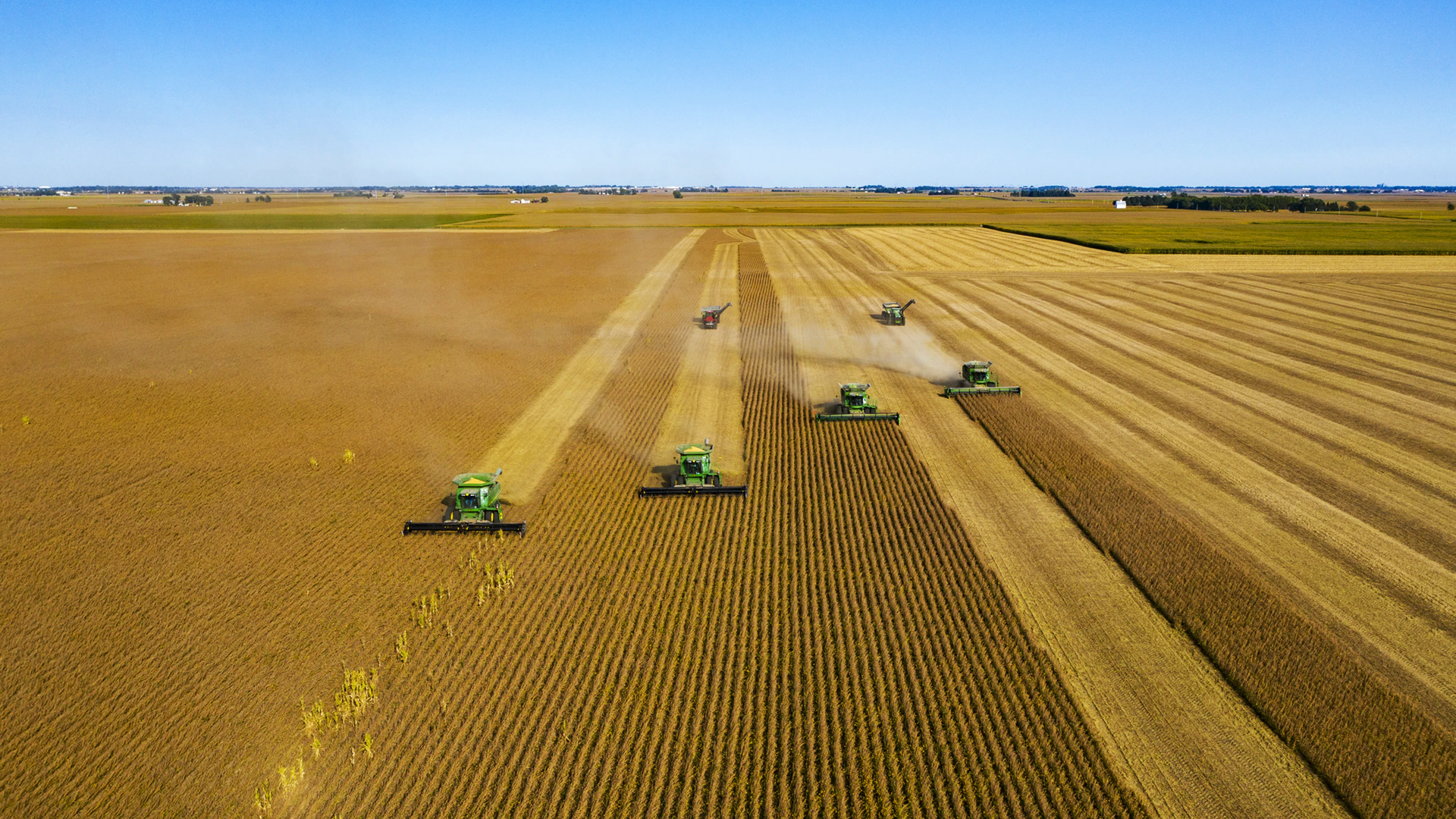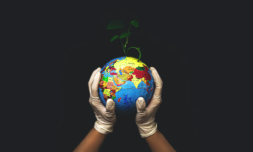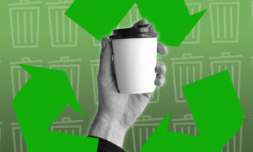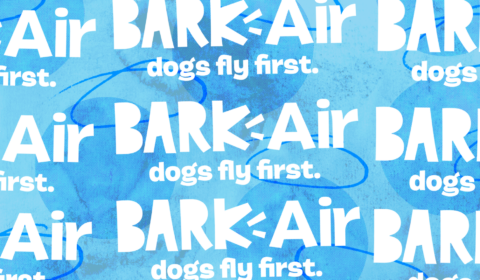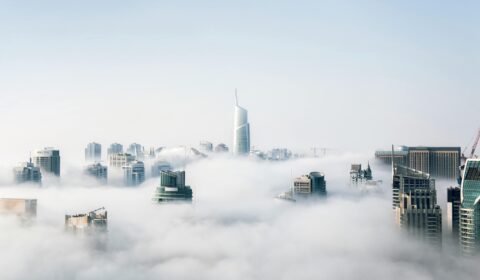Environmental and financial pressure is piling up on British dairy farmers. Could the use of soil and organic crops ensure that dairy production has a sustainable way forward?
The Wildes have been farming and raising cattle on Bradley Nook Farm in Ashbourne, England, for 40 years.
Relying on EU subsidies meant their support was withdrawn after Brexit. Though they did the work and achieved their goals, they are stuck with a loss of income.
This is a growing concern among farmers, who produce 61% of Britain’s food and provide employment to four million people. Environmental concerns and the loss of EU subsidies are threatening livelihoods, putting some on the brink of collapse.
The Wildes found Refarm’d, a programme helping dairy farmers transition to plant-based farming. Rather than pushing farmers into unchartered territory, the international programme guides farmers seeking help.
‘We’re giving them another solution and handling the logistics, customers, and products,’ says Geraldine Starke, founder and CEO of Refarm’d. ‘That means very little investment from their side and barely any risk.’
After Starke and the Wildes formed a partnership in 2019, the couple started producing oat milk. ‘It’s key these first trials work so we can put this out there and show dairy farmers they do have a viable second option,’ says Starke.
Refarm’d has struggled to get UK-based dairy farmers onboard, mainly due to the prevalent farmer-animal bond. ‘But we kept 17 of our cows for grazing when we stopped dairy production in 2018,’ says Katja. ‘This programme doesn’t change everything because the herd and the daily routine of looking after them remains.’
Following an FOI request, the Agriculture and Horticulture Development Board said the number of British dairy producers in 2020 dropped by a fifth last year, yet milk production is constantly rising.
The Department for Environmental Food and Rural Affairs (Defra) reported an 8% rise in greenhouse gases from the industry during the past decade. From this, Defra indicated that dairy farming is becoming more intensive.
Dairy farmers are no strangers to this issue. In a survey carried out by Thred, 76% of dairy farmers believe their work has negatively impacted the environment. But many explain they don’t have the right land, money, or expertise to transition.
‘You have to give up on family tradition and heritage over several generations,’ Starke says. ‘Doing something else when you have done that your whole life can be complicated.’
Last November, the Climate Change Committee (CCC) named plant-based diets the best way to mitigate global warming. In Thred’s survey, many farmers expressed anger over this, with some blaming veganism for their crisis.
‘Farmers are struggling more and more, and they put the blame on vegans because veganism is increasingly popular and sales of [cow’s] milk are declining,’ says Starke. ‘They feel attacked, misunderstood, and unsupported.’









